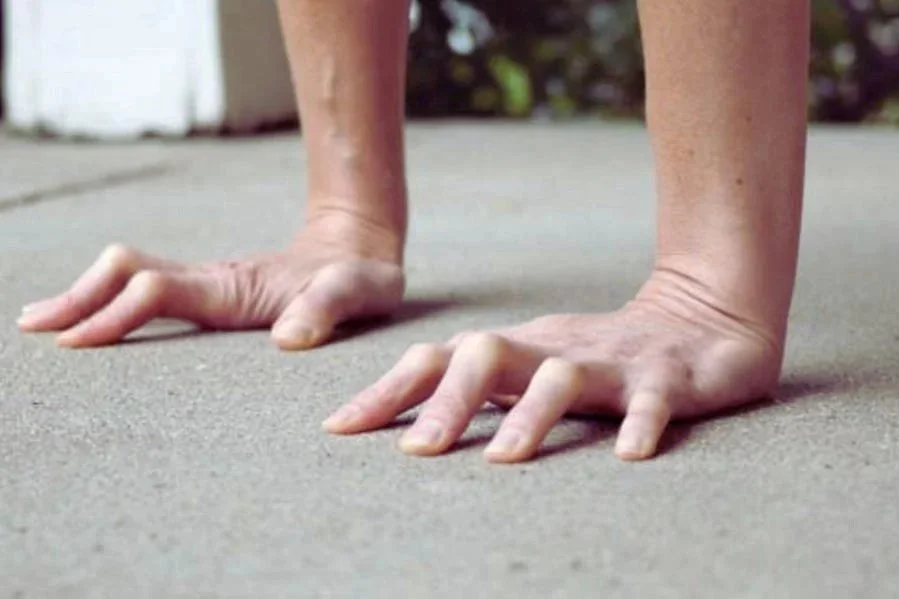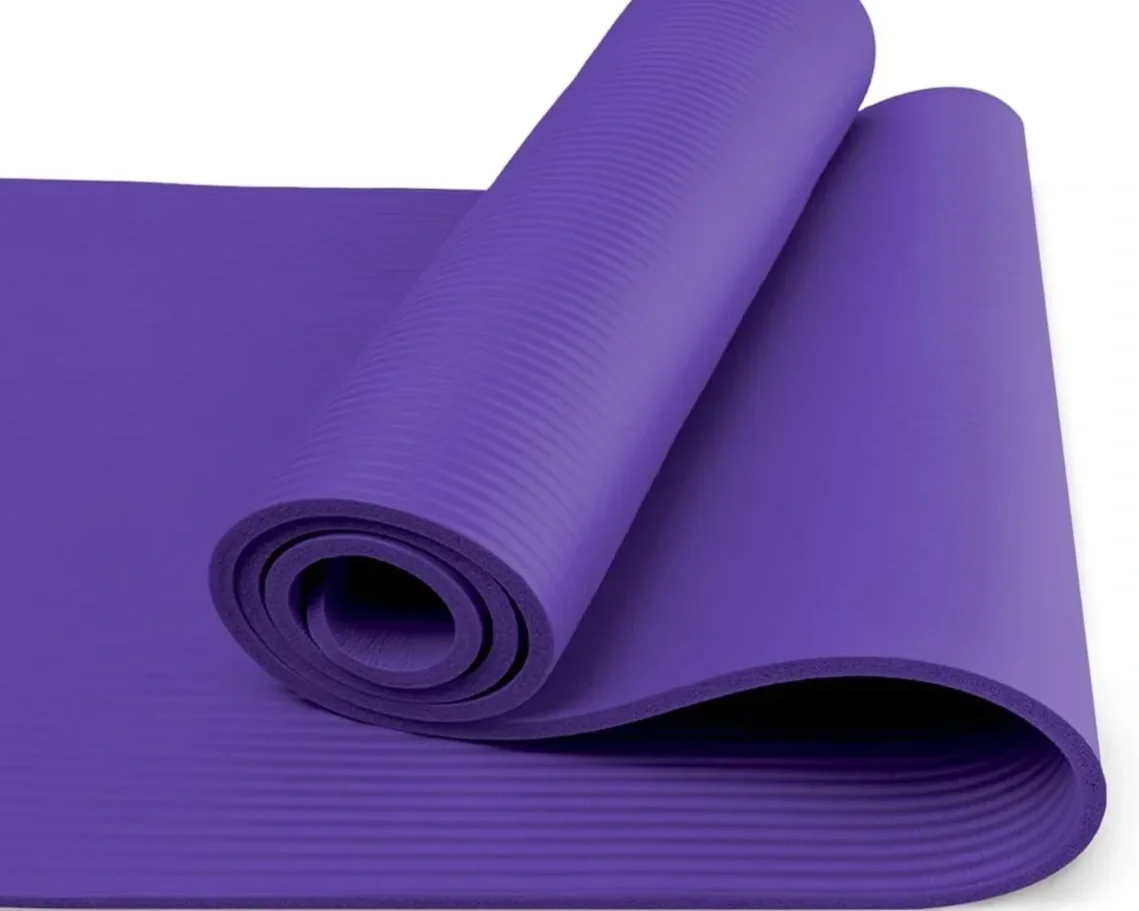Bulletproof wrists in yoga
How can we strengthen and mobilize the wrists in Yoga to avoid pain and injury?
When I first started to practice Yoga I had very stiff and immobile wrists. A couple of falls on my motorbike and bike in London as a younger man led to some fairly stiff wrists.
As a competitor in various sports I would usually tape them up and ‘get on with it’ which worked, but didn’t allow the joints to fully heal and left them with a more limited range of motion in flexion and extension.
Mobile wrists
So when I first began Yoga and was learning how to jump through and back in the Ashtanga Yoga system I was initially mostly limited by my wrists. I was unable to extend my wrists enough to be able to jump which caused a fair amount of pain.
So I set out on a journey of increasing my wrist mobility and strength work so I could be able to arm balance and creatre strong and healthy wrists.
Now days my wrists are very mobile and very strong and I don’t suffer from any wrist / joint pain in the hands, so I can share with you what worked for me and what I teach in my arm balance work shops to maintain healthy wrists
First, let’s take a look at the wrist joint
The wrist and it’s complex joints
The wrist is a complex joint and we can easily see this in the many ways in which we can move and articulate the hand. Many cultures around the globe emphasie this in thier traditiona dances. It’s beautiful.
The wrist is not really deisgned to bear the full weight of our bodies in the same way we use out feet. It’s not like the ankle joint which is much studier in naurte, more robust for supporting the weight of the body and less complex. That said, if we prepare the hand and wrist correctly we can play on our hands without injury. But we need to make them very strong.
The bones in the hand and the ligaments that attach them together must be tightly connected in a very specific position to maintain joint health. So when we have an injury to the Carpal bones for example, this effects the joint / ligament position and we then experience pain, and for anyone who has had a wrist injury you will know you generally won’t be able to bear any weight on the hands.
This is why it is so important for the muscles in the hand itself, the ligaments of the Carpal bones and the forearm flexors and extensors to be strong to maintain the Carpal bone postion.
Human hand
Forearm flexors
Forearm extensors
So what causes wrist pain in Yoga?
There are many factors, such as a history of injuries like myself back in the day, but one of the main reasons that I see is from improper technique and the surface that we are using. The mat.
This is what I mainly observe in my handstand workshops for example is students lifting thier hand at the primary knuckle. ( metacarpophalangeal (MCP) joints ).
The knuckles
In a handstand / pressing position the MCP joint ‘knuckles’ should never lift. Especially at the index finger. This is where we find our power.
The fingers of the hand should be as wide as possible. Your base.
The fingers should be gripping the surface area strongly. This activates the msucles in the hand and forearms.
The finger tips should be pulling asnd squeezing into the surface area creating a sunction of the palm. Hasta Bandha in yoga.
It is ok to lift the proximal interphalangeal (PIP) joints as these do not effect the stability of the hand or wrist and can actually increase grip and tension. A common name for this is Spider Grip.
Spider Grip
Once the correct activation is there and the hand is strong, it is much safer to bear weight on your wrists and progressively stress them to build strength in the joint, ligaments and the bones.
What Mat?
In my opinion a mat that is too soft and too think can cause the hand to become unbalanced and can lead to issue’s in the wrist. I personally use a relatively ‘harder’ mat and tend not to go over 4mm or so. My mats tend to be also firm to touch.
What is more of an issue is the very soft / spongy mats that some students use, which is fine for the knee’s or when used in more restortative yoga practice, but for hand balancing and pressing you will want a firm mat as the hand is more stable on these types of surfaces.
Spongy soft mats aren’t suited for hand balancing
I’m not sponsoring mat suppliers here but The Manduka Pro’s and Liforme mats have served me well in the past.
In the summer when I do a lot more hand stand practice some frinds who are Hand balancers tend to use blocks of wood to give you some idea of what is ideal for strong healthy wrists
A firm surface keeps the hand in alignment and strong
The wrists can take time to mobilise and stregthen so take your time and always warm up properly before any hand balancing session. As I said previously the wrists are different from other joints and need some extra care to warm up, especilly for handstands.
As part of The Asana Guide I put together my favourite warm up and mobility drills to help prepare your wrists for Yoga practice here:
My go to wrists mobility sequences.
If you would like to learn more about how to mobilise and stregthen your body check out The Asana Guide for The Element Series Vinyasa Yoga sequences / Asana tutoorials and injury prehab / rehab guides.










